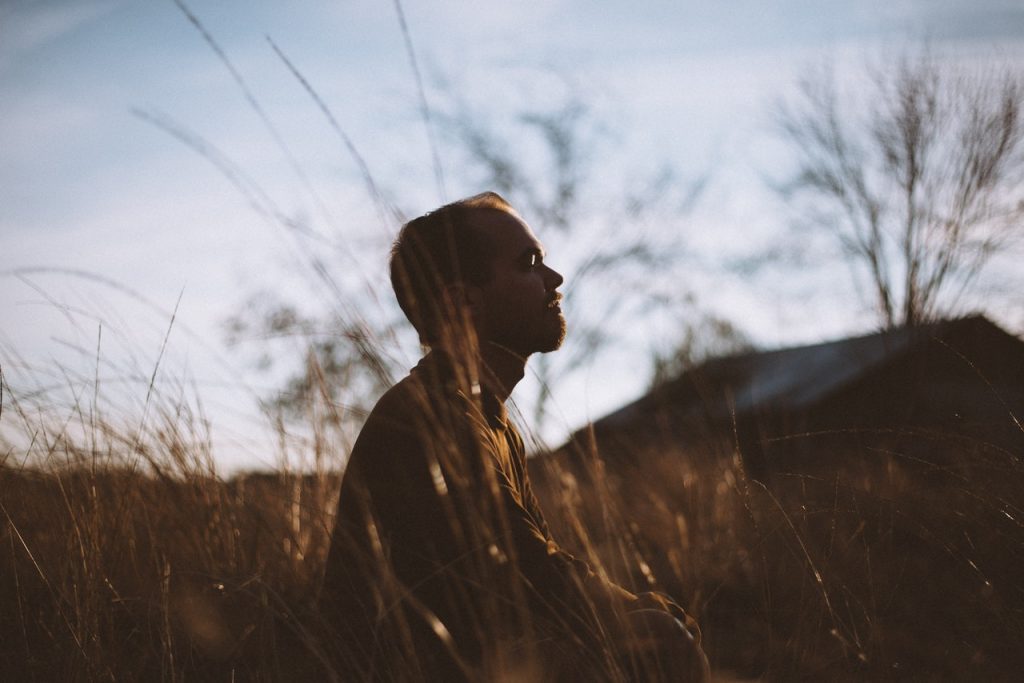The world of yoga, although increasingly popular, still remains a mystery to many. One of its elements is pranayama, or the art of breathing. What is the point of practicing it?
Some people say that the essence of practicing the art of breathing is better expressed by the phrase ability to breathe correctly. Practitioners assume that improper breathing is bad for our health: the body is not getting enough oxygen and metabolism slows down. The aim of pranayama is, through various exercises, to become more aware of one’s own breathing and to be able to deepen it.
Pranayama is an art originating from the Indian peninsula. Its practice is very important from the point of view of classical yoga, where it is the fourth of its eight components. It is also one of the pillars, along with asana and kriya, of hathayoga. In the traditional sense, the yogi wants to control his breath in order to remove obstacles to cognition and to enter new states of consciousness, even dreams. In the classical version, pranayama consists of three phases:
Pranayama does not necessarily have to be understood in a religious or philosophical sense. There are numerous physical and mental benefits to practicing the breath
By breathing fully with the entire surface of the lungs, it is supposed to be possible to:

There are also numerous mental benefits from practicing pranayama. Among the most important of these are:
In yoga exercises, pranayama is one of the important elements to be practiced. In doing so, it is described as difficult and requires long practice
The first practice does not have to be long – 10 to 20 days every day is enough. It is the regularity that is important. It is recommended to do pranayama on an empty stomach. Hence, the time before supper may be convenient. Optimally, the session should end 20-30 minutes before the meal
When practicing pranayama, you should maintain a sitting position that allows you to straighten your spine. As a last resort, you can even choose to sit on a chair; as long as it is firm enough to keep your spine straight
Pranayama is a difficult art, so don’t be discouraged at first
In practice, it is difficult to speak of a single type of exercise that can be described as practicing pranayama. Among the most common are:
Only with long practice can you achieve above-average results in these categories. Focusing on the breath also has the aspect that it is perceived as a basic physiological process: we can survive without it only 3 minutes, while without water 3 days, without food even 30 days
The practice of pranayama should begin by focusing on the breathing process itself. This will allow you to master the necessary basics that you will need before moving on to more complex techniques. You should try to become aware of the breath, to focus on its flow. This alone should promote calming and alignment of its pace. Concentrating on the breath simultaneously allows you to distance yourself from your thoughts and clear your mind of whatever promotes their pursuit. This, in turn, can be the perfect prelude to a good and active day, devoid of unnecessary worries.
Photo by Alfonso Cerezo/Pixabay